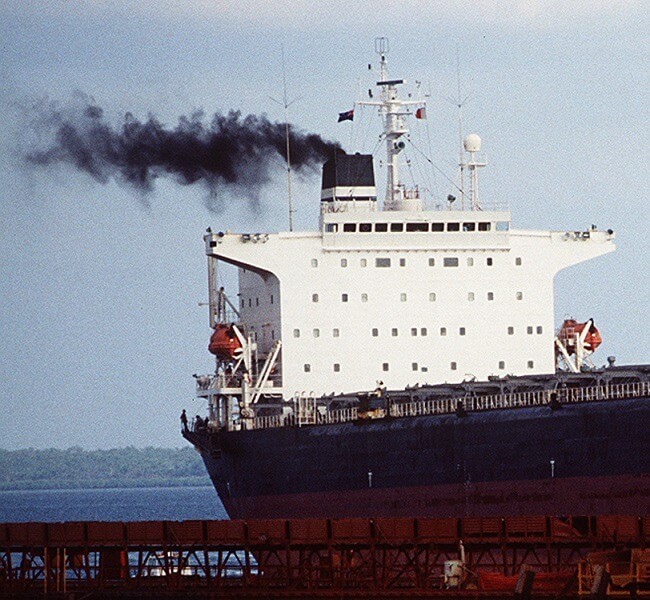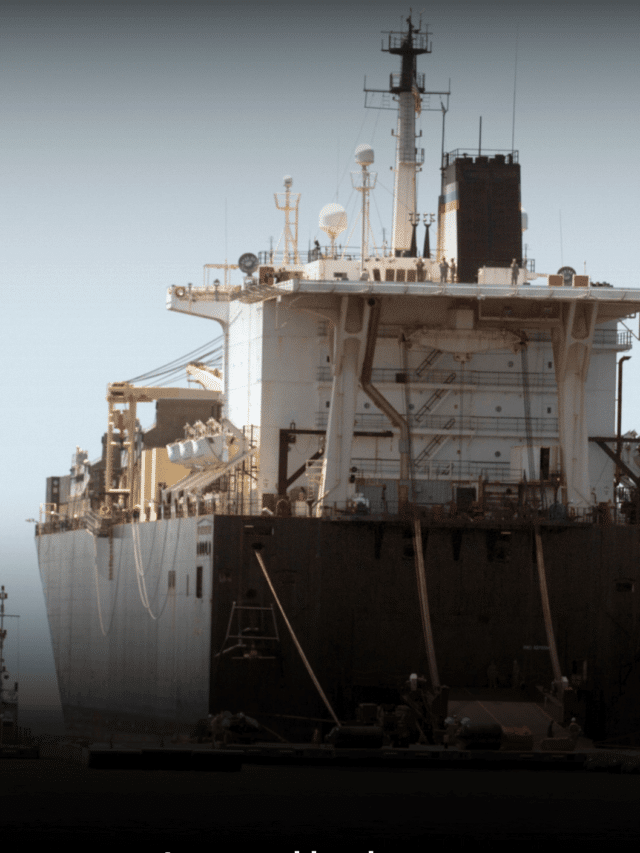The Urgent Need to Reduce Nitrogen Oxide (NOx) Emissions from Ships
The continuous rise of Nitrogen Oxide (NOx) in the atmosphere is a matter of great concern. Several factors have been stated as the reason for the increase of this element in the air and toxic emission from ships is one of them.
Nitrogen Oxide (NOx) is formed in the atmosphere when fuels such as oil, gas, and coal are burned at a very high temperature. The pollution caused because of NOx is supposed to be known as one of the most dangerous forms, which eventually contributes towards global warming.

Nitrogen Oxide and its effects on the Environment
A high-level of nitrogen oxide being released into the atmosphere can result in to:
- Ground Level Ozone
- Acid Deposition
- Particulate Matter
- Nitrification
- Eutrophication
- Indirect Effect to Global Warming
Significant contributors to this toxic oxide are factories, coal-burning plants and emissions from motor vehicles and marine diesel engines.
Studies show that shipping is the source of 18-30% of the world’s nitrogen oxides. Moreover, though several steps have been taken to reduce the emission of NOx from ships, there is still a long way to go to bring down emissions to zero or an acceptable level.
IMO’s MARPOL Annex VI
MARPOL (Marine Pollution) is one of International Maritime Organization (IMO)’s regulatory policies focuses on preventing different forms of marine pollution including oil, noxious liquid substances, harmful substances, waste water, garbage and emissions of sulphur oxides and nitrogen oxides at sea.
MARPOL Annex VI Regulation 13 sets out the mandatory limitations on NOx. The regulation affects not only ships from signatory states but also ships entering MARPOL signatory-member waters.
MARPOL Annex VI and ECAs
Apart from the mandatory NOx limitations for oceangoing vessels around waters of the member states, IMO also defines Emission Control Areas or ECAs where the MARPOL NOx emission standards will apply.
The ECAs includes:
- Baltic Sea (2006)
- North Sea (2007)
- Waters in North American coasts that include waters adjacent to the Pacific coast, the Atlantic/Gulf coast extending to 200 nautical miles from US coast (2010)
- Waters around Puerto Rico and the US Virgin Islands that are just recently designated by IMO (effective 2014)
- Norway, Japan and Mediterranean areas are being considered for future ECA proposal.
In the past few years, IMO has become stricter in implementing norms to reduce shipping emissions and to minimize the effects of marine pollution.
Is there a way to reduce NOx emission?
In the hope of complying with IMO’s global limits on nitrogen oxides and the enforcement of more stringent standards within the three Emission Controlled Areas marine diesel engine operators, ship owners and seafarers are left with no option but to find the best technology in reducing the amount of NOx from their ship’s exhaust systems and to take steps to make their ship “greener”.
Among the various emission control applications Selective Catalytic Reduction (SCR) System comes out to be the most efficient, effectively reducing ship’s NOx emission by 90-95%. By mixing a reagent (SCR 40 – 40% Marine Urea Solution) to the exhaust gas, nitrogen oxides are converted to Nitrogen (N2), water and Carbon Dioxide (CO2).
Global Marine Urea Solution Suppliers
Some marine SCR System providers offer the supply of urea solution with their application. A known SCR System provider in Japan is Hitachi Zosen while Miratech is from the United States. Both suppliers offer Marine SCR application that complies with Tier III NOx emission standards.
For marine urea solution requirements, there are growing urea markets in the US, China and recently in Singapore. Read here for more information regarding marine urea solutions in Singapore.
You may also like to read – How to Avoid Carcinogens on Ships?
Do you have info to share with us ? Suggest a correction
Subscribe To Our Newsletters
By subscribing, you agree to our Privacy Policy and may receive occasional deal communications; you can unsubscribe anytime.
Web Stories








